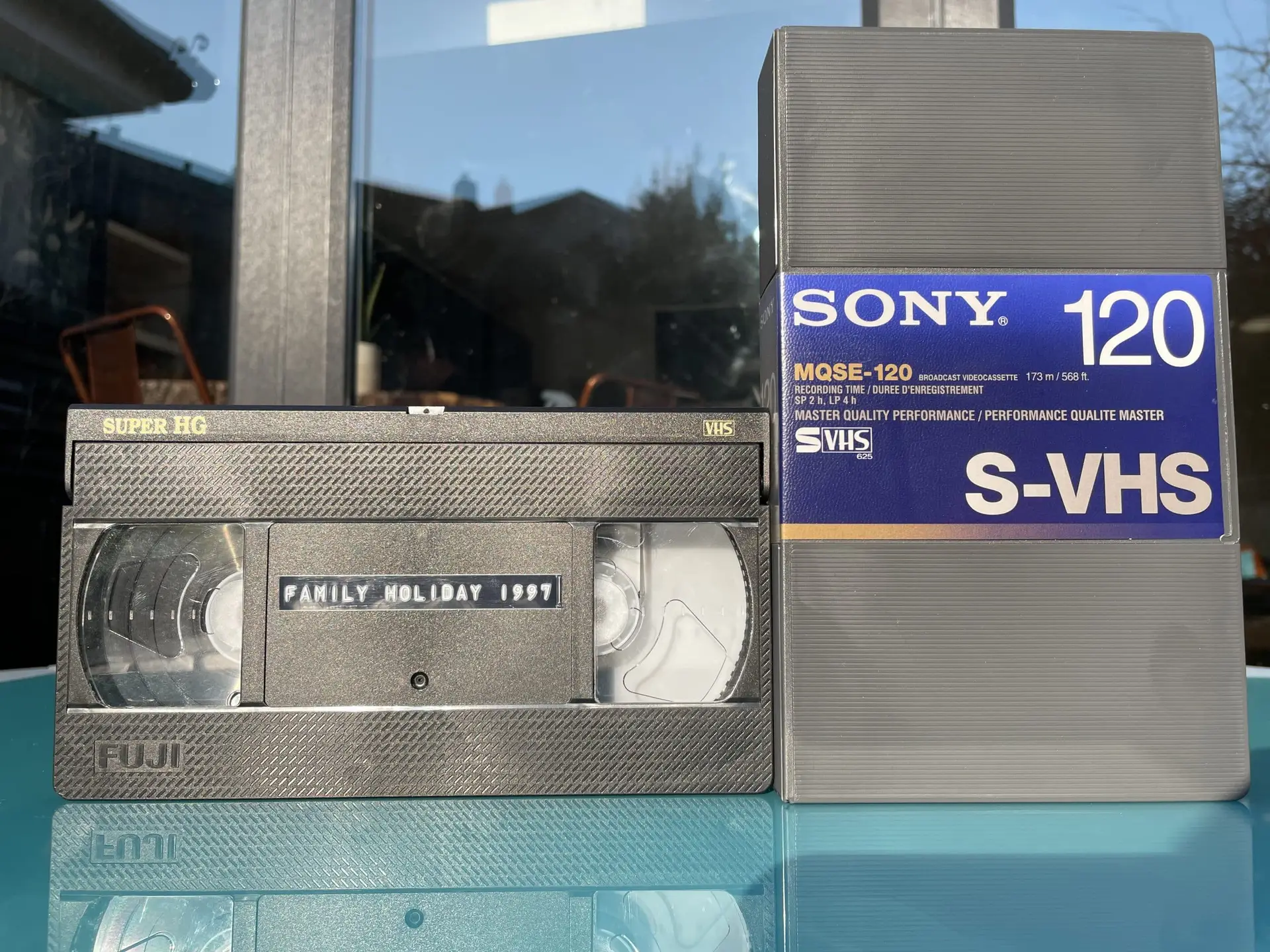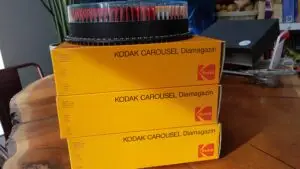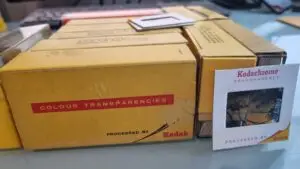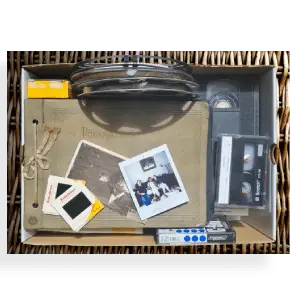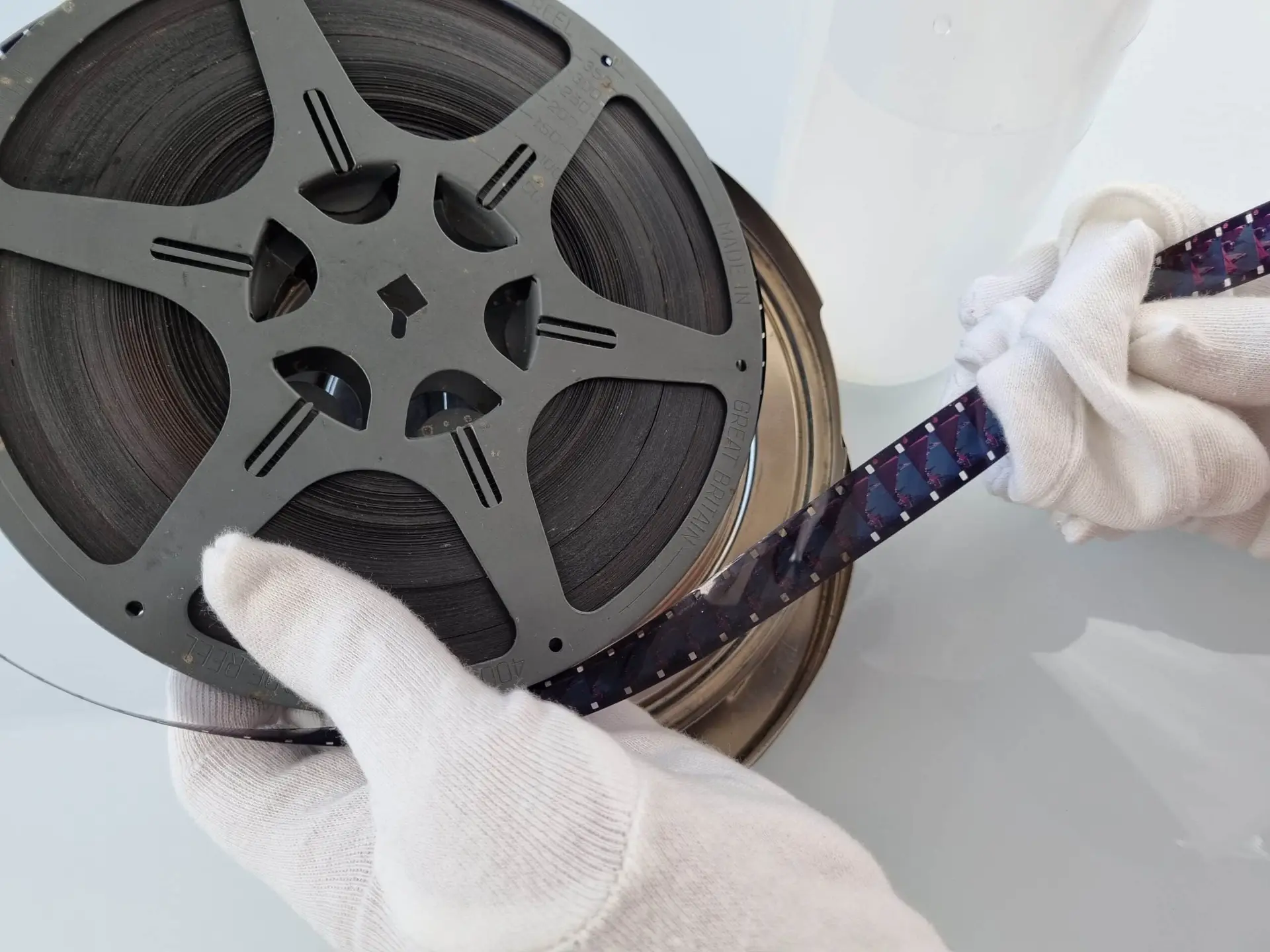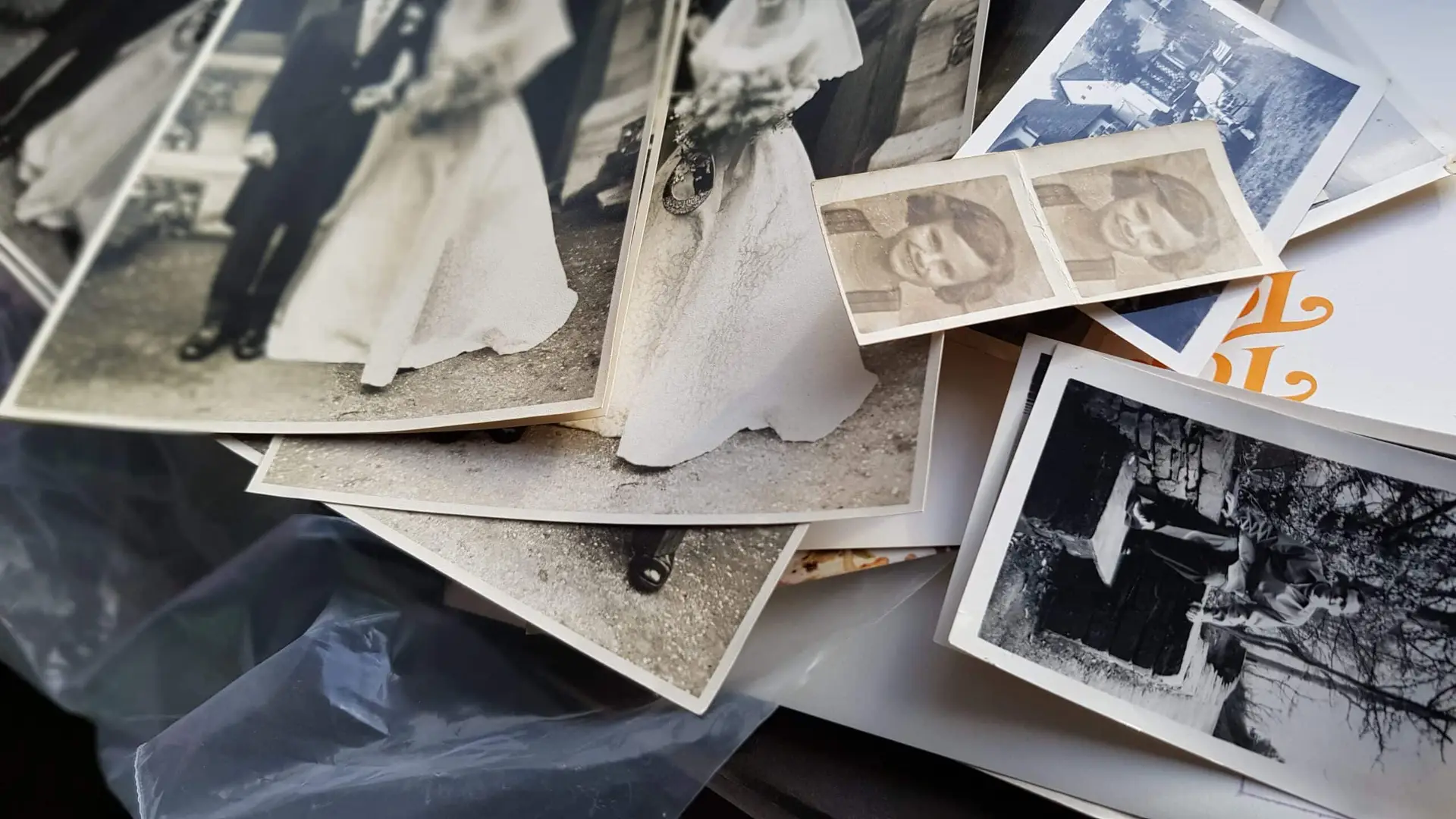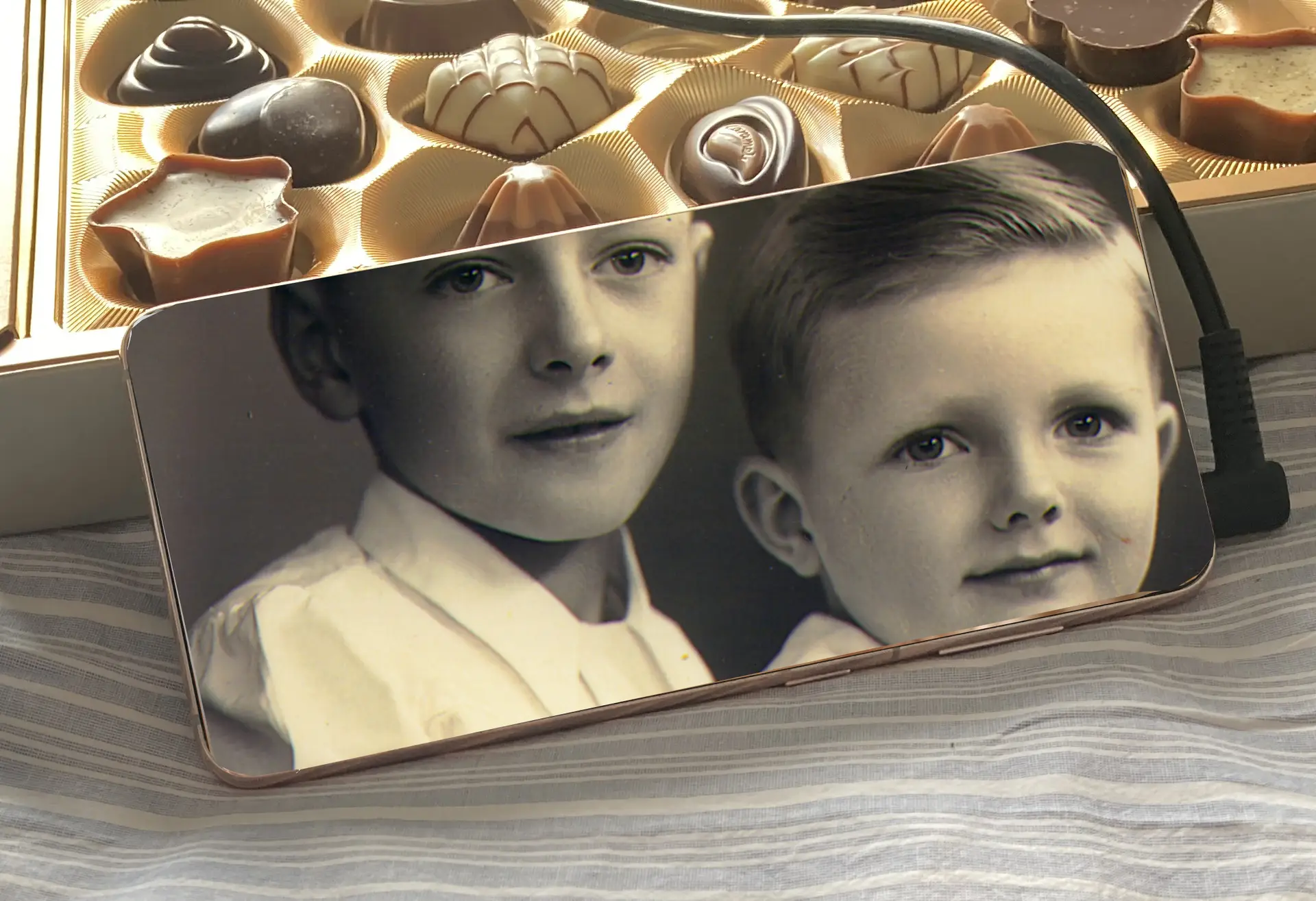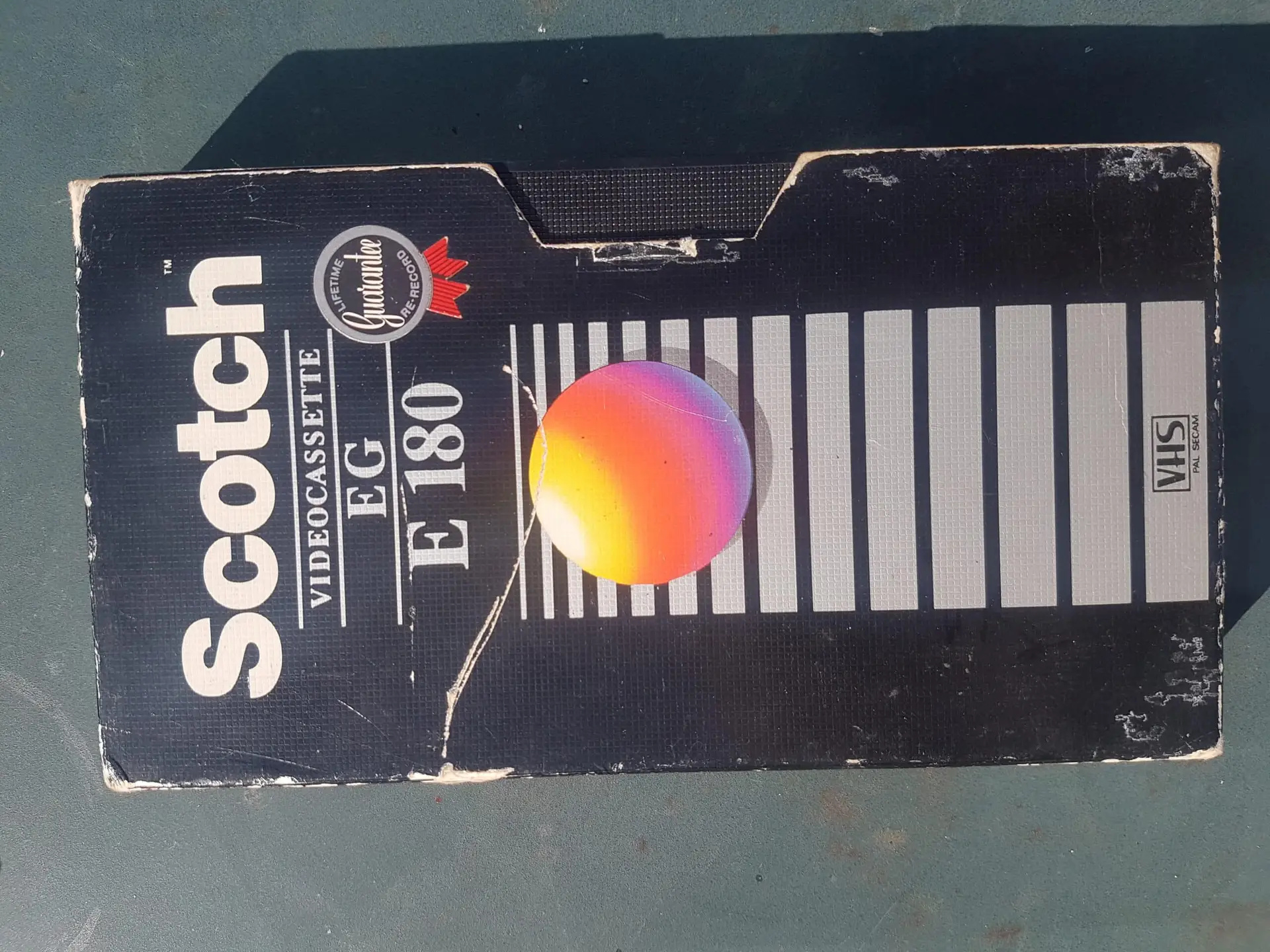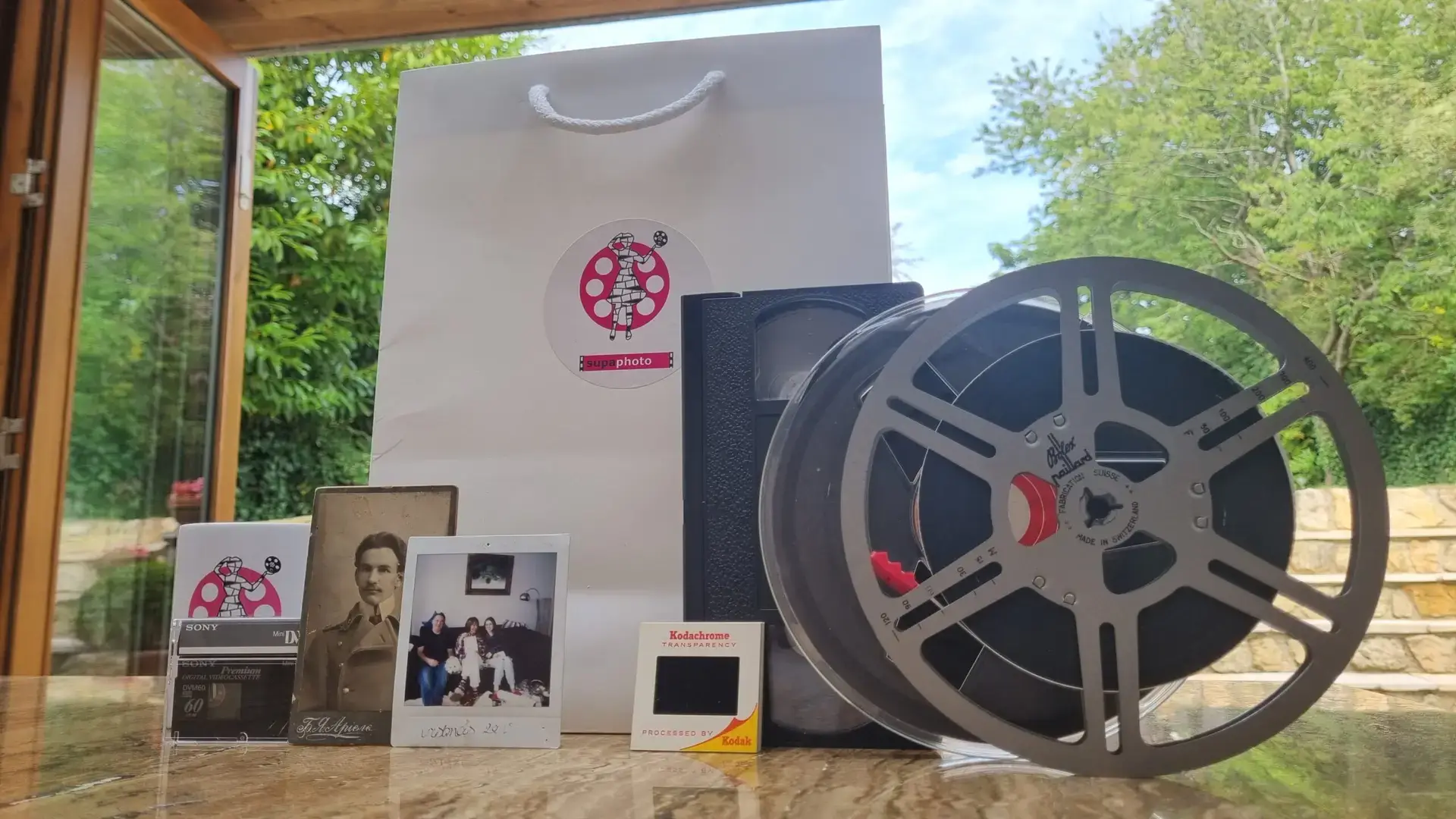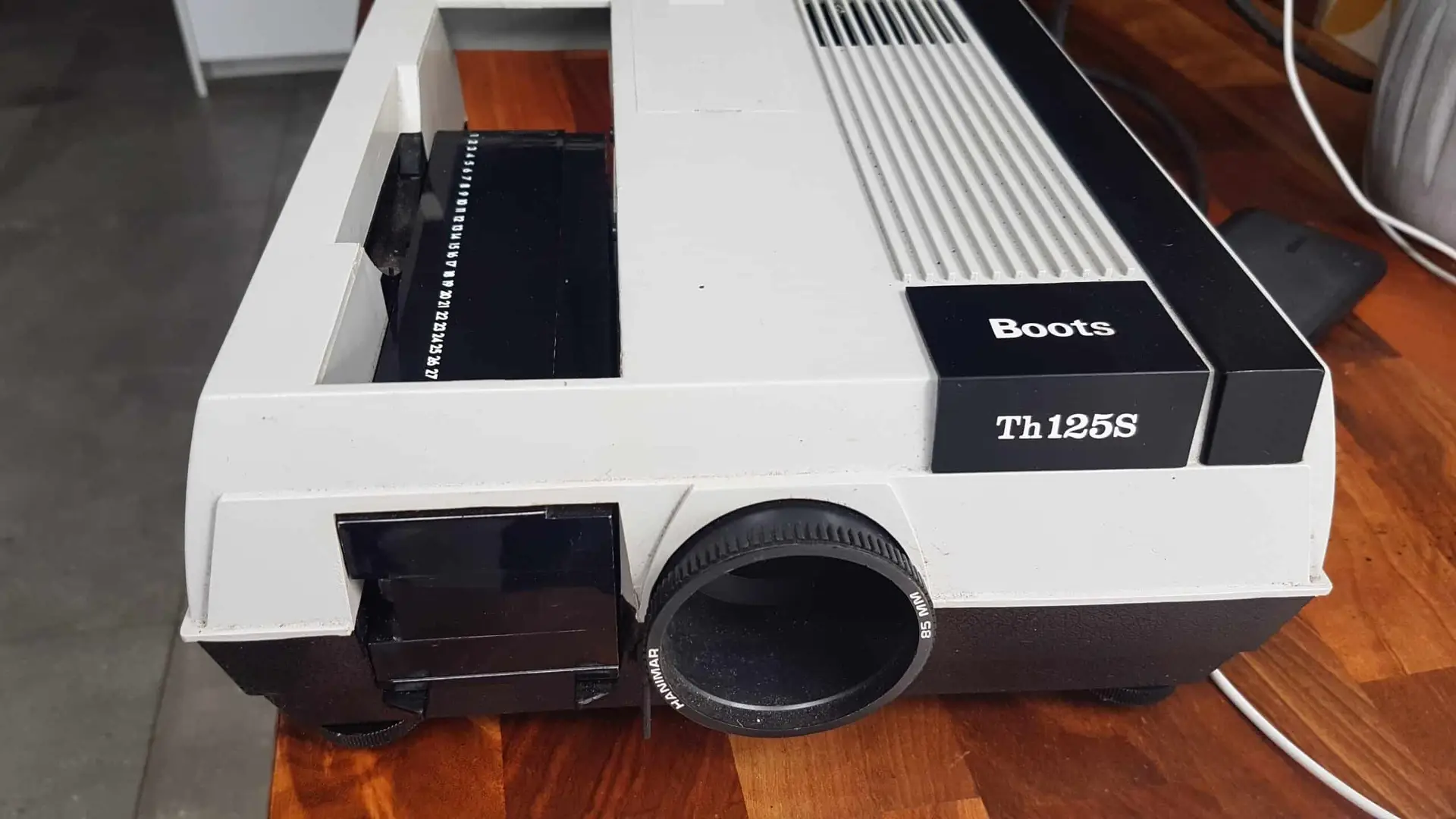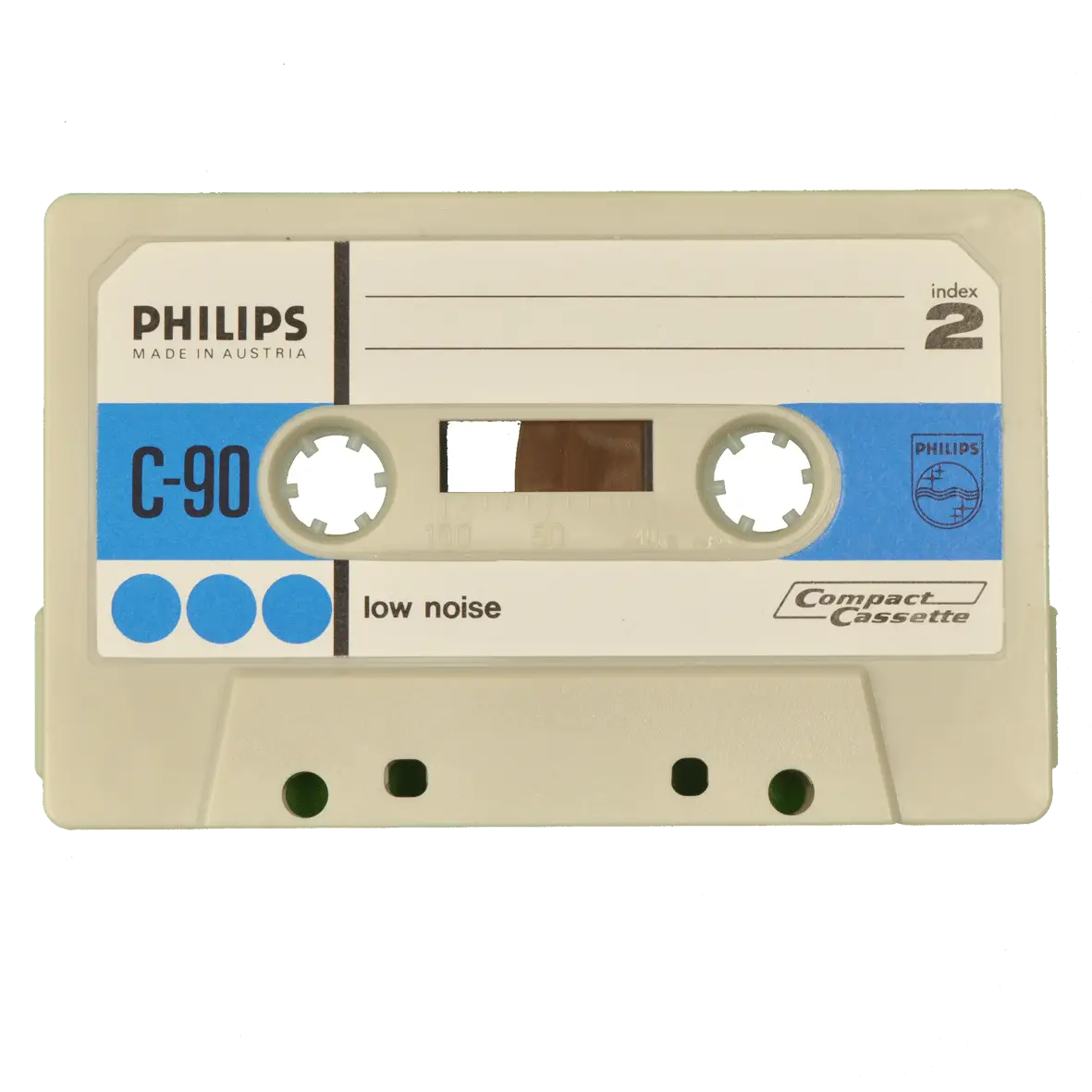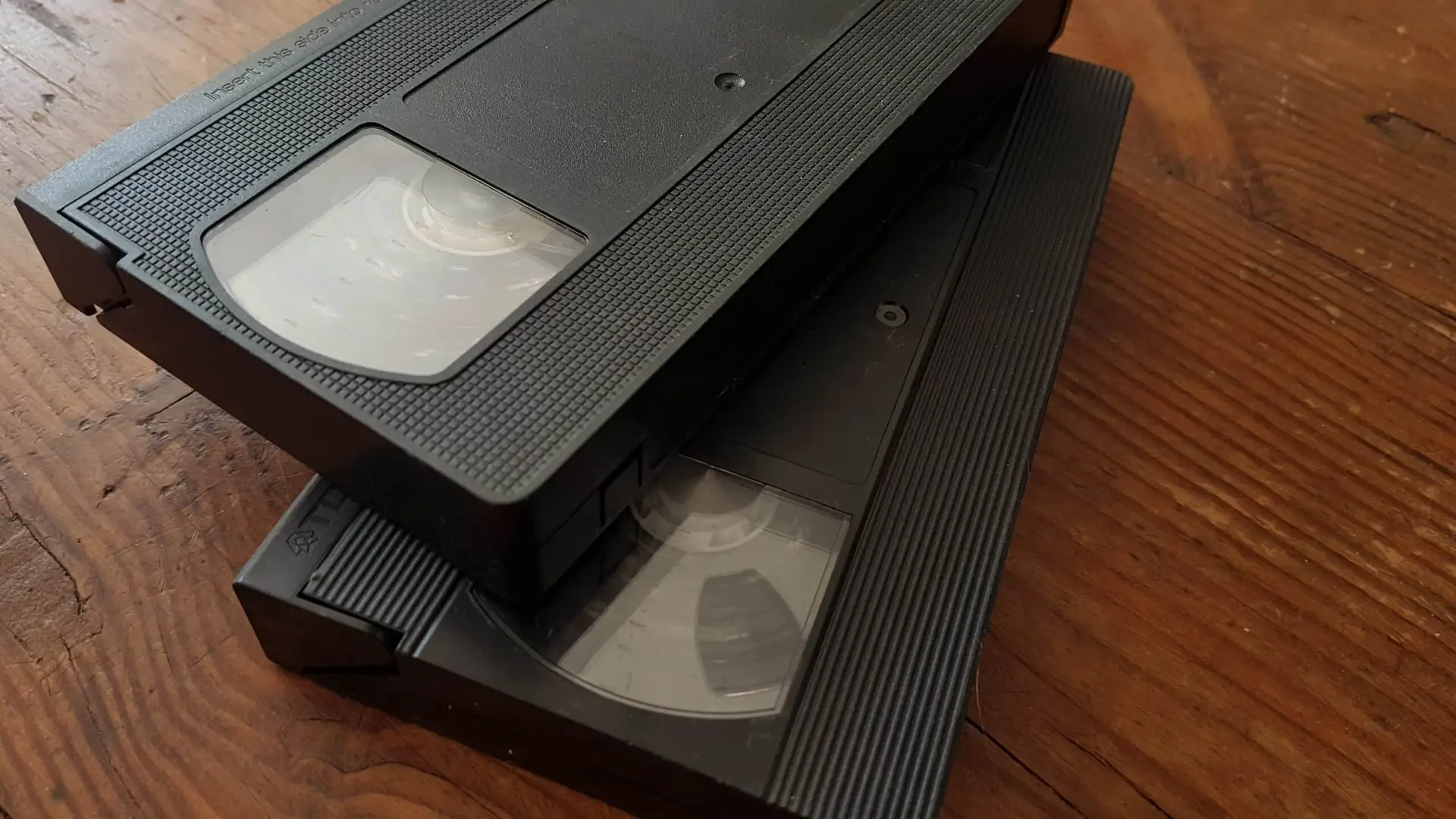VHS Video Tapes
VHS video tapes – You may or may not ever have seen a videotape in the flesh but they look a bit like this (see below image) and you may have caught a glimpse of them in your grandparent’s or relative’s house. Although they are old, those videotapes may contain fantastic home movies or old production projects – you can digitise these on to USB drive or DVD and make sure the footage lasts for generations to come (and it takes up less space!).
Old videotapes come in several different formats, so make sure before you digitise them to know which format you have. We have included the rough dates that these formats became available so you can scrub up on your pub-quiz knowledge too!
VHS Video Tapes – 1977
Let’s start on one file type that most people will know, The VHS video tapes. VHS (Video Home System) was the most beloved and popular video format of all, the chunky, black, book-sized tape that you would have to lovingly rewind every time it finished for the next person.
VHS was the ruler of the video market, and virtually the only format anyone used for home movies. It was the dominant format for two decades until it was finally toppled by DVD in the late 1990s. It was the Home Video format bringing us the tagline “Be kind, Rewind”.
BETAMAX – 1975
Betamax became the first home videotape format available for purchase and use by the general public in 1975. This dominance ended quickly due to the release of the mighty VHS tape that launched a few years later, continued to maintain its popularity until the release of the DVD.
VHS-C – 1982
This videotape format was the small, more compact version of the VHS video tapes. Since the VHS-C camcorders converted from a heavy piece of equipment to smaller, portable cameras, this video format made filming home videos much simpler.
MINIDV – 1995
Around the mid-’90s, as technology significantly improved and storage capacity increased, the videotape started to shrink in size, becoming approximately 20% smaller than its predecessor, the VHS-C.
VIDEO 8/HI8/DIGITAL 8 – 1984/1988/1999
The introduction of Hi8 and Digital 8 revived 8mm film in different years. Sony released the Handycam in 1985, making Video 8 a quickly popular format. Hi8, offering better resolution and more storage, came out in the peak of the 1990s. Finally, Digital 8 was released by the eve of the new millennium, providing customers with digital recording options and storage. You may find that these formats hold precious home video memories from the past.
MICROMV – 2001
Lastly, but by no means least, Micro MV came out with the smallest ever video file format. If you can’t imagine how small the Micro MV was, then you can imagine it was 70% smaller than the Mini DV and that was small! This was the best thing until digital formatting came onto the scene as the most popular (DVDs and memory sticks and thumb drives).
Where can I find a service to convert my VHS video tapes to digital?
Considering how to convert VHS tapes to DVD or digital? Keep in mind that, generally, the video formats mentioned are outdated, with the exception of some that professionals still use. As a result, you risk losing all the content on your old videotapes or cine films.
Videotapes don’t last forever, and they weren’t designed to. A great way to permanently store those videotape memories, or at least extend their lifespan significantly, is to digitize them.
Supaphoto can digitize your videotapes by converting them into high-quality video and audio files. Unsure about the formats? We can assist you in identifying them and ensuring their safe transfer to digital/DVD files. What to do with old videos in the UK is often a top concern for people. By preserving your videotapes, we can guarantee that these memories will endure for generations.


